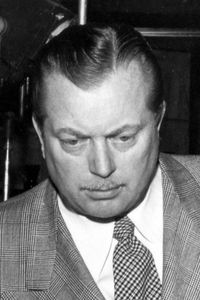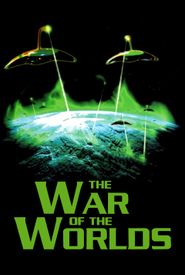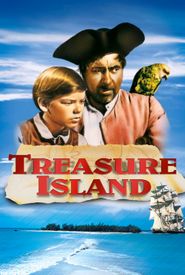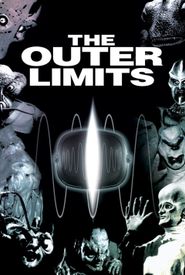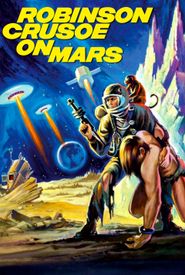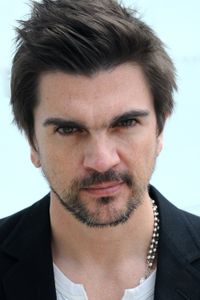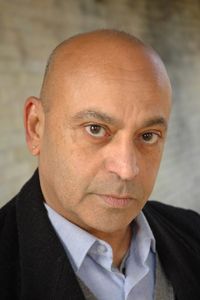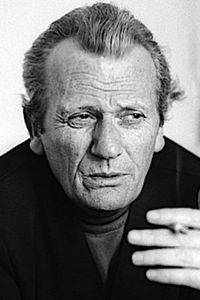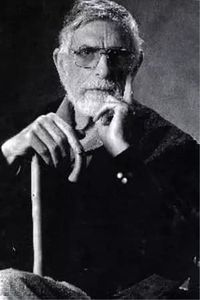Byron Haskin's remarkable journey began after he graduated from the prestigious University of California at Berkeley, where he initially pursued a career in cartooning as a newspaper artist. However, his passion for the film industry soon took center stage, and he started his career in 1920 as a commercial-industrial movie photographer, capturing captivating images for various clients.
As his skills and expertise grew, Haskin transitioned to become a cameraman for Pathe and International Newsreel, capturing the world's most significant events on film. His talent and dedication earned him a promotion to assistant director at Selznick Pictures, where he worked alongside some of the industry's most esteemed professionals.
During the silent era, Haskin honed his skills as a cinematographer, bringing his unique visual perspective to a wide range of projects. His innovative approach to special effects and his collaboration with other pioneers in the field helped pave the way for the eventual integration of sound into the film industry.
In the late 1920s, Haskin made the bold decision to transition to directing, and he soon found himself working at Warner Brothers. This marked the beginning of a new chapter in his career, as he traveled to England in the early 1930s to create films that would captivate audiences on both sides of the Atlantic.
Upon his return to the United States, Haskin was appointed head of the Warner Brothers Special Effects department, a position that allowed him to further develop his expertise in this area. He eventually returned to directing, and his work on Walt Disney's first live-action film, Treasure Island (1950),cemented his status as a master of his craft.
The mid-1950s saw Haskin form a lasting partnership with producer George Pal, with whom he collaborated on some of his most iconic films, including the science-fiction classic The War of the Worlds (1953). This fruitful collaboration continued over the years, with Haskin working with Pal on The Naked Jungle (1954),Conquest of Space (1955),and The Power (1968).
Fans of Haskin's work will also fondly remember his contributions to the cult-classic Robinson Crusoe on Mars (1964),a film that has become a beloved staple of science fiction enthusiasts around the world. Throughout his remarkable career, Byron Haskin left an indelible mark on the film industry, and his legacy continues to inspire and captivate audiences to this day.
